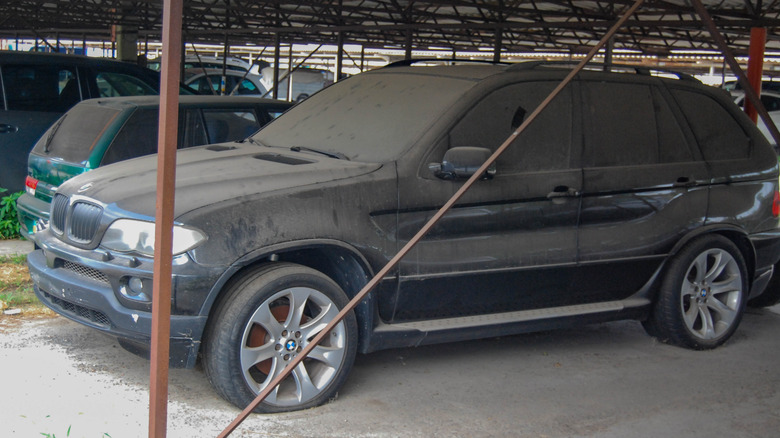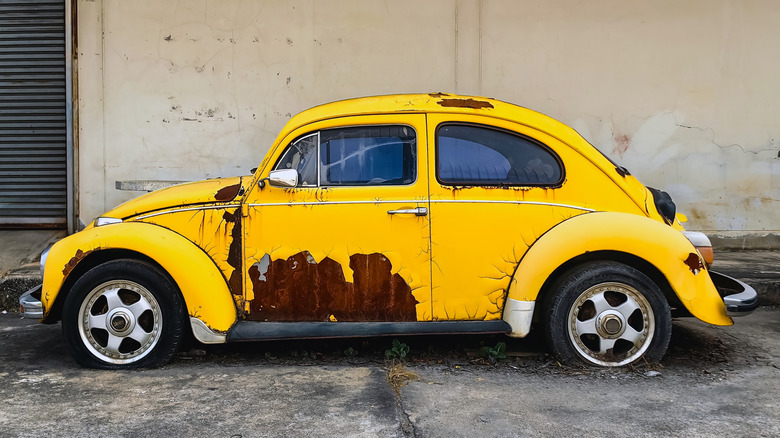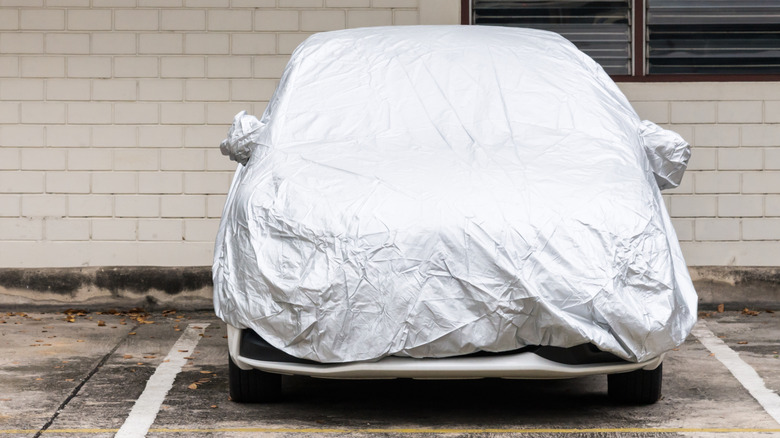What Happens To Cars If You Don't Drive Them For Decades?
If you leave a person on the couch for ten years, their muscles will waste away. Leave a car sitting for the same amount of time, and it is likely to suffer an eerily similar fate. Cars are mechanical organisms designed to be driven. They need friction, heat, and movement to stay healthy. So what happens to cars if you don't drive them for decades?
If that happens — like this Jaguar E-Type that was left untouched for 15 years — chemistry takes over. Rubber becomes harder, metal starts to corrode, batteries go bad, and all essential fluids start breaking down. Suspension systems sag, tires start to rot, and interior materials decay. If your storage experiences high humidity or severe temperature swings, things could get ugly very quickly.
Moisture can find its way into any crevice of a car's interior and exterior and start corroding the vehicle from the inside. Mold can start forming on carpets, vents, and trim, while plastics begin to crack. In environments such as these, even a car that has been stored for a year or two, can look, feel, and worst of all, smell, like it's been stored for decades. Here is everything you need to know about storing cars the right way.
Cars are meant to be driven
Cars shouldn't sit for longer than two to three weeks. This is because everything about a car assumes motion. The aerodynamics, lubrication, and electrical systems are all engineered around the idea of a car being driven. For instance, if the car isn't moving, your alternator will not be able to charge up your battery efficiently. Moreover, the oil will not be able to circulate and stop metal surfaces from oxidizing.
Cutting the motion out of a car's life is forgetting its sole purpose. Modern fuels are also not designed to sit in tanks. After just a few months, fuel will begin to break down and turn sticky, and this can clog pumps, injectors, and lines. Diesel fuels can also go bad, and this can be even worse than with gasoline. With prolonged disuse, condensation will start occurring within the engine's internals and start corroding it from within. Since there is no combustion happening, nothing can burn off that moisture.
The transmission and the rest of the drivetrain also fare poorly with prolonged disuse. Gear oil settles and starts sticking, seals dry up and start leaking. Coolant will also break down and become acidic. This will lead to it eating away at aluminum surfaces while starting to corrode steel. Worst of all, cars kept in storage for years can also attract rodents and pests which, with enough time, can chew through pretty much anything.
How to store a car for decades
To gain as much value from a car as possible, many collectors store low-mileage cars for decades. Once the car appreciates enough, they tend to find their way to auctions where you can often see 30-year-old cars with four-digit odometer readings. Even though this isn't necessarily good for the car, there are ways how one can store cars while making sure they don't deteriorate rapidly.
First of all, thoroughly cleaning and waxing the car and its undercarriage is a must since any permanent marks can cause material degradation. The fuel tank should be filled with a non-ethanol fuel stabilizer to limit air exposure and prevent sludge from forming. Choosing the right storage space with climate-controlled temperature and dry conditions is also a must. Investing in a trickle charger or a battery tender to maintain the battery should also be a priority.
Filling the tires with enough air, propping it onto jacks, and keeping it covered helps to prolong its drivability. Disengage the parking brake, change the oil, and do not forget basic maintenance while the car is in storage. Knowing how often to start a car in storage should be part of any storage plan. If possible, starting the car every two weeks and taking it out for a quick drive will also allow the fluids to circulate.


